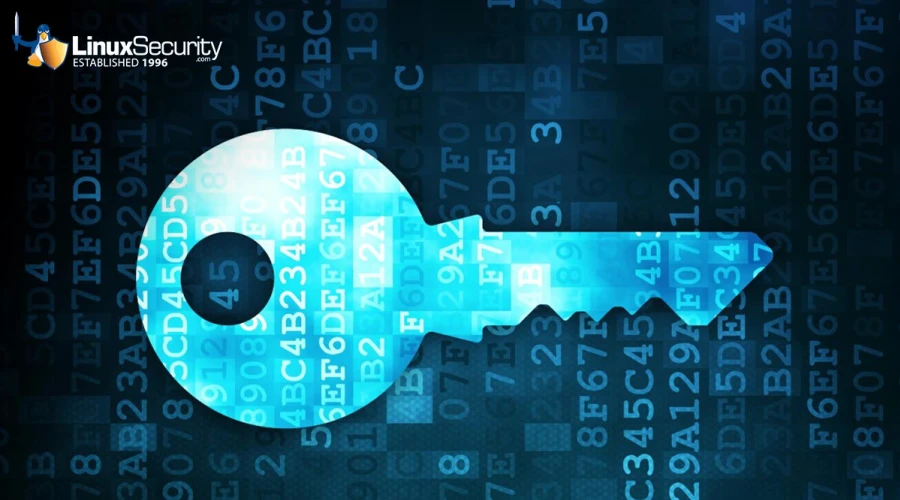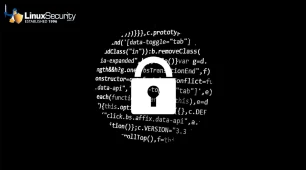
Recently, cybersecurity researchers discovered a Linux variant of the Helldown ransomware strain. This finding signals that threat actors have begun targeting VMware and Linux systems as attack vectors, indicating an increased focus on such platforms for attacks targeting Linux-based machines.
With ransomware attacks becoming increasingly sophisticated and prevalent across these systems and platforms, understanding their targets, impact, and workings is crucial in safeguarding against service disruption and data loss. I'll explain how this new Helldown variant works and who is at risk. I'll then offer practical advice for securing your systems against this emerging threat.
Understanding How Helldown Ransomware Works
Cyfirma first identified Helldown Ransomware Group (HHG) in August 2024. Helldown is known for exploiting vulnerabilities to gain entry to networks, using double extortion tactics where data is stolen and then threatened to be published unless a ransom payment is made. While the details and processes employed by the Helldown group remain largely unexplored, recent analysis indicates their methods include exploiting vulnerabilities found in network devices like firewalls and VPNs to gain initial entry. Once inside, they move laterally through networks using various persistence mechanisms.
 Targeted Victims & Impact of Helldown Ransomware
Targeted Victims & Impact of Helldown Ransomware
Helldown targets small to mid-sized businesses, although larger organizations aren't immune. By attacking network and cybersecurity solution providers like Zyxel Europe, Helldown aims to cause maximum disruption among entities that provide services to multiple clients simultaneously. Most victims reside within the US or Europe.
Helldown ransomware for Windows typically deletes shadow copies, terminates certain processes, and encrypts files, making them inaccessible without the decryption key. A ransom note then demands payment in exchange for retrieving your data. On Linux systems, however, Helldown encrypts files affecting critical infrastructures running VMware or Linux servers, causing downtime, financial losses, and data breaches in affected organizations.
Practical Advice for Securing Linux and VMware Systems Against Helldown Ransomware
 Organizations seeking to protect themselves against Helldown ransomware must implement rigorous security practices tailored to Linux and VMware environments. Effective patch management is necessary. Operating systems, applications, and network devices like firewalls or VPNs must be regularly patched as soon as updates become available. Furthermore, vulnerabilities like those found in Zyxel firewalls must be quickly addressed to close off potential entryways into systems.
Organizations seeking to protect themselves against Helldown ransomware must implement rigorous security practices tailored to Linux and VMware environments. Effective patch management is necessary. Operating systems, applications, and network devices like firewalls or VPNs must be regularly patched as soon as updates become available. Furthermore, vulnerabilities like those found in Zyxel firewalls must be quickly addressed to close off potential entryways into systems.
Network segmentation is another essential practice. Organizations can limit attackers' lateral movement by breaking their networks into smaller segments and controlling traffic flow between them with stringent policies. If one segment is breached, attackers cannot quickly gain entry to others.
Multi-factor authentication (MFA) adds another layer of protection when accessing critical systems and remote access points. MFA requires multiple forms of verification before gaining entry, further strengthening protection.
Regular backups should be created and stored offline or in immutable storage to safeguard essential files against ransomware encrypting them. Testing backups frequently ensures their integrity and ability to restore systems effectively.
Relying on advanced Endpoint Detection and Response (EDR) solutions can help monitor and mitigate unusual behaviors on endpoints. These solutions provide real-time malware detection, rapid incident responses, and containment against ransomware activity.
User training is another vital ransomware protection measure. Inform employees about ransomware threats, phishing tactics, and safe online practices. Regular sessions will equip staff to recognize potential threats quickly and respond appropriately, thus decreasing the probability of successful phishing attacks that lead to ransomware deployment.
Implementing adequate access controls is also of utmost importance. User privileges should only extend as far as necessary for their role and always follow the principle of least privilege. This principle restricts access to sensitive data and systems, reducing potential damage should an account become compromised.
An Intrusion Detection and Prevention System (IDPS) should be deployed to monitor network traffic for suspicious activities, block potential threats, and promptly alert security teams to any strange behaviors detected in their network.
Lastly, periodic security audits and vulnerability assessments can help identify security weaknesses. An external review by cybersecurity specialists offers fresh perspectives on potential risks and areas for improvement.
Our Final Thoughts on Protecting your Linux & VMware Environments Against This Emerging Threat
The spread of Helldown ransomware targeting Linux and VMware systems underscores the ever-evolving landscape of cybersecurity threats. Organizations can better prepare and defend against Helldown and similar threats by understanding its mechanisms and preferred victims. Implementing layered security measures, including regular updates, user training programs, and advanced monitoring solutions, will significantly strengthen Linux and VMware environments' security against similar ransomware infections. By remaining informed and proactive, admins and cybersecurity professionals can minimize risks while maintaining system availability in an ever-changing cyber threat landscape.


















